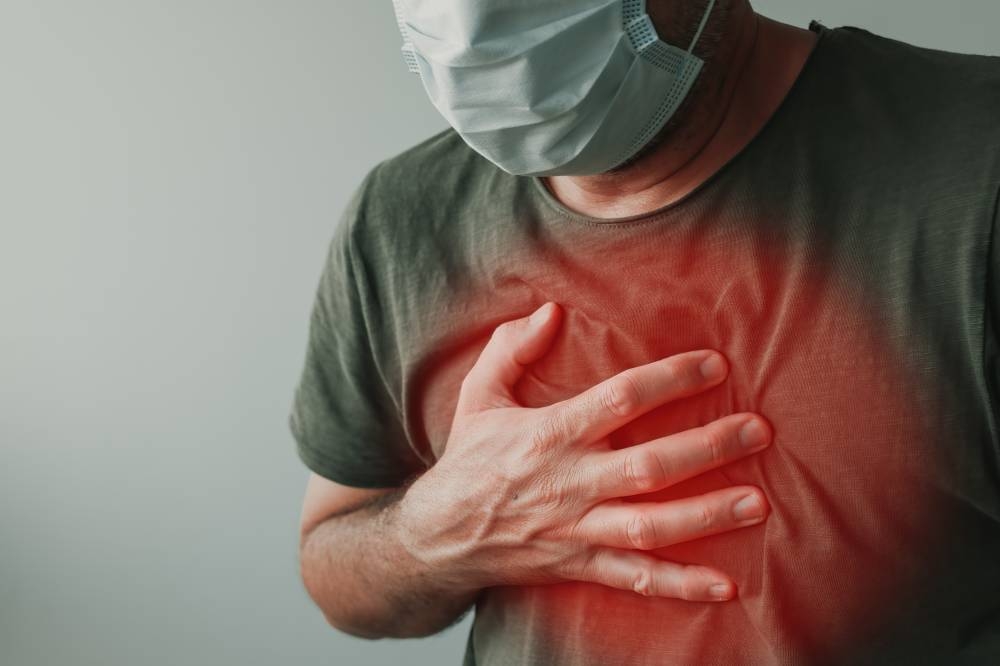Understanding cardiac arrest

Cardiac arrest is a life-threatening medical emergency when our heart suddenly stops beating. It requires immediate intervention such as Cardiopulmonary Resuscitation (CPR). One of the main functions of the heart is to pump blood that contains oxygen in order for it to be delivered to all the cells, tissues and organs in our body.
When cardiac arrest occurs, there is no blood flow to our vital organs such as the brain. Hence, brain cells will start to die off within four minutes if CPR is not performed immediately. The longer the brain is without oxygen, the risk of permanent damage to the brain is higher.
STATISTICS AND CAUSES
The following are details of cardiac arrest incidents occurring outside of the hospital based on research published by the Pan-Asian Trauma Outcomes Study in 2015:
- Incidents of witnessed cardiac arrest is 47 per cent compared to non-witnessed cardiac arrest (45%).
- Bystander CPR activity accounts for only 22.6 per cent of witnessed cardiac arrest cases.
- The average age of the cardiac arrest patient in Malaysia is 57 years old.
- Prevalence of cardiac arrest in males is 71 per cent more than in females.
- 22.6 per cent of them are patients with risk factors of heart disease.
- The survival rate of patients discharged from the hospital is only 0.5 per cent.
- There are several known factors that can contribute to sudden cardiac arrest like coronary heart disease, abnormal heart rhythm (arrhythmias), cardiomyopathy, hereditary condition like Brugada syndrome and drug abuse. Other risk factors include hypertension, hyperlipidaemia and smoking.
Recognizing early signs
Cardiac arrest can occur suddenly with or without warning. However, there are certain signs that might indicate that a person is suffering from cardiac arrest. The signs of cardiac arrest include being unresponsive, the absence of breathing and the absence of pulse.
One of the main risk factors of cardiac arrest is Acute Coronary Syndrome. Warning signs of Acute Coronary Syndrome include chest pain or discomfort, shortness of breath, nausea or vomiting and profuse sweating.
Atypical presentations of Acute Coronary Syndrome happen especially among females, diabetic patients and the older population. When it happens, they may not feel any chest pain but will experience shortness of breath, profuse sweating, nausea and vomiting. They may also feel upper abdominal pain and non-specific symptoms like lethargy or back pain.
TIME IS OF THE ESSENCE
If you witness someone collapsing or becoming unresponsive all of a sudden, immediately call for emergency medical services, namely the Malaysia Emergency Response System (EMS) or 999.
Right after that, apply hands-only CPR on the patient. Place the heel of one hand in the centre of the patient’s chest. Next, place the other hand on top of the first hand and interlock your fingers. Then, start pushing hard and fast on the person’s chest. The recommended rate of compression is at least 100 to 120 compression per min (that would be following the beat of the song Staying Alive). The compression needs to be continued until the person starts breathing or the EMS arrives and takes over.
Currently, the American Heart Association recommends hands-only CPR for someone who is not trained in CPR. The two-step approach is a simplified version of CPR that can be performed by anyone. Furthermore, it does not require mouth-to-mouth breathing.
PREVENTION IS KEY
It is unfortunate that most sudden cardiac arrest cases cannot be identified in advance. The best way to prevent it is to recognise the signs and symptoms of impending Cardiac Arrest and Coronary Heart Disease.
If you are at risk of heart disease, sign up for an annual health check-up or cardiac assessment. There are several modalities of investigation that can be done to screen coronary heart diseases such as a stress test and CT scan of the heart.
Needless to say (but will say it anyway), adopt a healthy lifestyle that includes a balanced diet, adequate sleep and exercise. Stop smoking or vaping and make a follow-up appointment with your doctor to find out the state of your heart health after going for tests.
Something to think about
We can do more to improve the survival rate of out-of-hospital cardiac arrest cases. In Japan, hands-only CPR is a compulsory lesson for all primary school students. Malaysia can also adapt this topic into their syllabus so society will know what to do in an event of a health emergency.
Apart from that, an Automated External Defibrillation (AED) pack is available at all public places such as sports centres, condominiums, shopping malls and offices.
Employers should also make it compulsory for their employees to learn CPR as well as how to use AED as part of their Human Resource Training. As an incentive, perhaps tax relief can be granted to those who have attended a basic life support course.
With effort, we can all be a member of a society that looks out for each other in cardiac arrest emergencies.
This article is written by Columbia Asia Hospital Petaling Jaya consultant Emergency Physician and Head of ER, Dr Jonathan Yeap.














